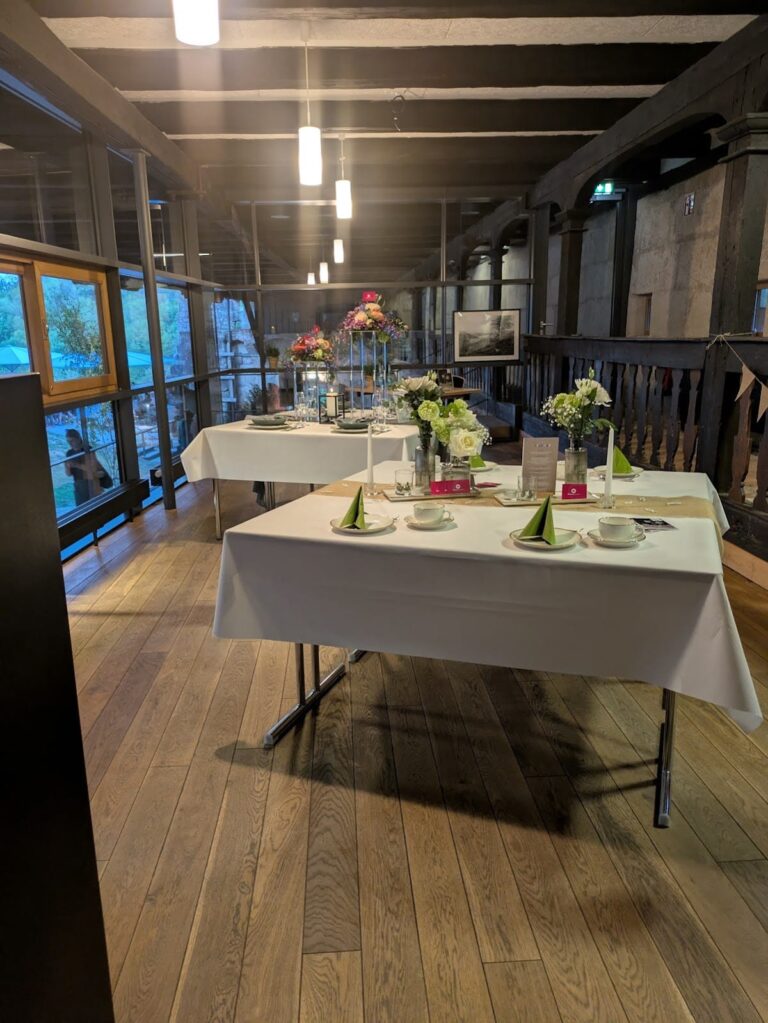Burgruine Klingenfels: A Medieval Castle Ruin in Ilshofen, Germany
Visitor Information
Google Rating: 3.6
Popularity: Very Low
Google Maps: View on Google Maps
Country: Germany
Civilization: Unclassified
Remains: Military
History
Burgruine Klingenfels is a medieval castle ruin located near Steinbächle in the municipality of Ilshofen, Germany. It was originally constructed by members of the local nobility during the late 12th or early 13th century, reflecting the complex feudal landscape of that time.
The first known owners were the noble family called Herren von Klingenfels, who were documented in 1222 through Konrad von Klingenfels. This family likely emerged from the Edelfreien, or free noble class, and bore close ties to the Herren von Krautheim, indicating connections among regional nobility. However, the Klingenfels lineage ceased to exist shortly after 1250. Following their extinction, a lower-ranking ministerial family adopted the castle’s name. Evidence suggests this family was related to the Vellbergs, based on matching heraldic symbols, revealing continuity in local elite control despite shifts in status.
In the mid-14th century, specifically in 1350, records name the castle as a fief held by ministerials associated with the Herren von Hohenlohe. This points to the castle’s role within the feudal system as a managed estate under noble oversight. The castle’s military significance is further marked by events in 1381 during the Städtekrieg, also known as the Cities War. It was destroyed amid this conflict, likely as a consequence of raids originating from the stronghold, a fate it shared with the nearby Burg Bielriet.
The following year, 1382, saw the imperial city of Hall purchasing the castle grounds and adjacent woodland for 80 Gulden. This acquisition was part of the city’s territorial expansion, though control over the site remained disputed. By 1413, a citizen of Hall named Kunz von Klingenfels claimed rights to the property, suggesting private ownership assertions. During the 15th century, the city eventually lost possession of the castle site.
In the early 16th century, ownership transferred within the local knightly families. In 1506, Ritter Wolf von Gültlingen sold the castle estate, which his family had held for generations, to Georg von Vellberg. This period reflects the continuing importance of noble lineages in managing former fortress lands even after military functions declined. Upon the death of Konrad von Vellberg in 1592, control of the site reverted back to the imperial city of Hall in 1594, marking the end of its noble proprietorship.
Remains
Burgruine Klingenfels occupies a prominent position atop a high spur standing at 414.4 meters above sea level. This spur protrudes into a bend of the Schmerach river, providing natural fortifications. The castle’s setting leverages steep drops of approximately 70 meters on its north and west flanks, with the Schmerach river below, while the south side faces the deeply carved Klingental valley, through which the Steinbach stream runs. The eastern approach, where the land gently ascends towards the plateau, was fortified by man-made defensive ditches to compensate for the less rugged terrain.
The most outward defensive feature on the east side is a neck ditch—an artificial trench separating the castle’s stronghold from surrounding land—carved into Muschelkalk limestone. This ditch measures around 100 meters in length, with depths of 4 to 5 meters and widths near 6 meters. Over time, it has worn down to form a hollow way approximately 3 meters deep, reflecting centuries of erosion and use.
Adjacent to this moat lies the trapezoidal outer bailey, the castle’s lower courtyard, which extends roughly 22 meters wide and stretches 74 meters on the east side, narrowing to 55 meters on the west. Today, no structural remains stand within this area, but its defined shape remains apparent in the terrain.
Separating the outer courtyard from the inner bailey, a second defensive ditch runs roughly 60 meters and descends up to 6 meters deep, indicating a layered approach to defense common in medieval castles. The inner bailey itself is more compact and nearly triangular, measuring up to 52 meters from east to west and 48 meters across. Here, visible earthworks include a rampart identified as the remnants of a former ring wall—a circular stone fortification that once enclosed and protected the castle’s core.
Just west of the inner bailey lies a lower spur approximately 3.5 meters below the main terrace. Archaeological interpretation suggests this platform may have housed outbuildings related to the castle’s operations, likely supporting economic activities such as storage or workshops.
The overall site has experienced partial disturbances from quarrying, which have altered some features, yet enough remains survive to illustrate the castle’s strategic layout and multi-tiered defensive system constructed during the medieval period.







